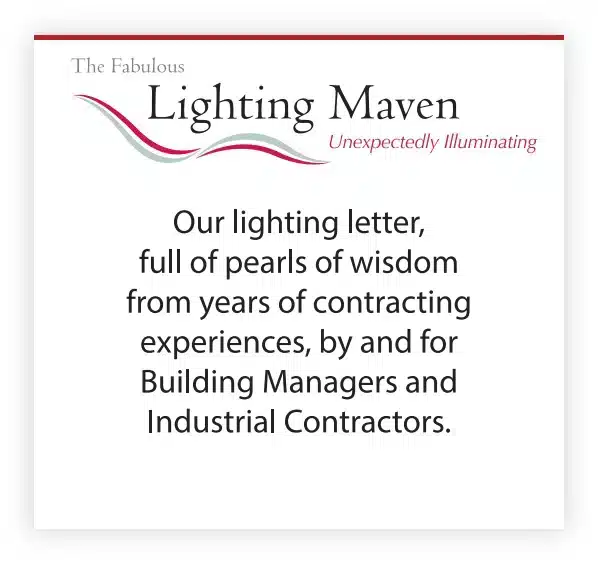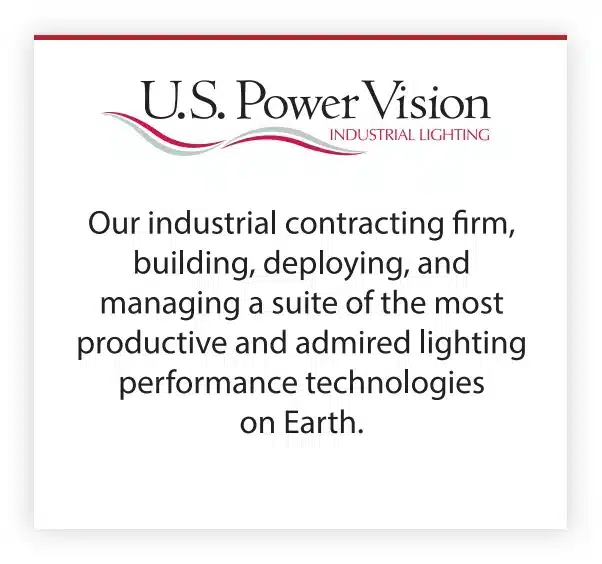Dear Reader:
Not all lighting fixtures are designed and built to do all things .. no surprise there. There are a number of fixture types that are what might be called ‘Specialty Fixtures’, as they are manufactured for a particular type of work, typically in a harsher environment, frequently involving dust, dirt or water.
These have various resistances to “ingress”, that being what it takes for that those solids or liquids to actually penetrate a fixture rendering it inoperable.
Think about your phone as an analogy. It is designed for some protection from the elements, but not a great deal – you wouldn’t want to submerge it in water. The various degrees of protection comprise a rating system developed by the International Electrotechnical Commission.
Linak publishes a wonderful explanation of this system on their website, with robust descriptions for each of the ratings, found here: What is an Ingress Protection Rating and What Does it Mean? The Facilities Manager who has particulates, chemicals or water flying around in his/her plant will want to be familiar with these, as not only physics are involved, but money as well.
Typically, a higher-rated fixture is more expensive, so in the interest of maximizing ROI for a lighting system purchase, you would want to purchase ‘enough’ protection, but not ‘too much’.
Our contracting does a lot of work in food processing facilities, where there is a nightly washdown process involving high-speed steam jets of chemical spray. At minimum this environment requires lighting fixtures with an IP66 rating, and frequently IP69. The difference is this:
IP66: Protected from total dust ingress & Protected from high pressure water jets
IP69K: Protected from total dust ingress & Protected from steam-jet cleaning
From Linak’s narrative, “In case the application requires wash-downs with high-pressure water jets and high temperatures, IP69K is the recommended protection class. This is a common demand where (the device) is not necessarily shielded or protected. Here (the device) is exposed to dirt … and frequent high-pressure washing, typically at the end of a workday …






